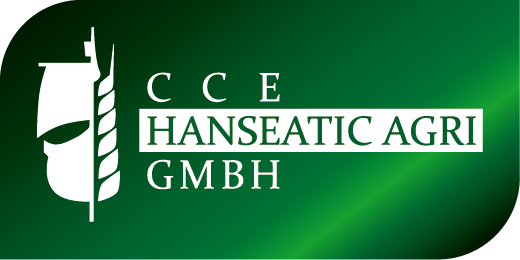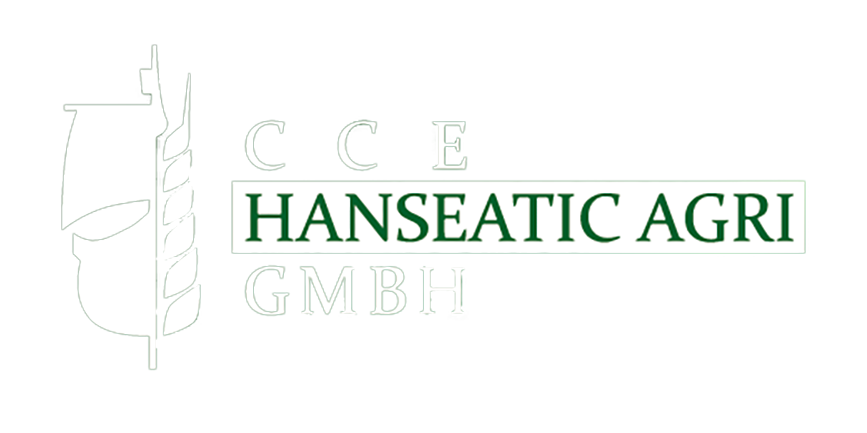Picture this: a performance enhancer that elevates your feed range and emerges as a cost-effective alternative to trim down marine ingredients.
We’re talking about a powerhouse that enhances fish meal, enriches amino acids, and boosts feed intake.
What is Krill hydrolysate?
Krill Hydrolysate is a liquid food derived from pure Antarctic Krill, rich in soluble proteins and nutrients. Ideal for carp bait, it’s sourced from pre-digested KrillKrill, ensuring reliability in base mixes, carpet feeds, bag mixes, or particles year-round. With the goodness of krill meal and fish oil, this versatile solution guarantees top-notch quality for your aquaculture needs.
Increased feed intake and better growth
Increased feed intake and better growth are pivotal in aquaculture, and our research with Atlantic salmon and shrimp validates this. Here’s a concise breakdown of our findings:
Atlantic Salmon Study with Nofima: Salmon smolts fed diets containing 2.5% or 5% krill hydrolysate exhibited a notable increase in appetite and growth.
- Remarkable Growth: These salmon doubled their weight in six weeks, a growth rate significantly higher than the control group.
- Efficient Feed Conversion: The enzymatic hydrolysis in krill hydrolysate played a vital role in this enhanced feed efficiency.
In parallel, our shrimp trials demonstrated equally impressive results:
- Reduced Fishmeal Dependency: We successfully decreased fishmeal content in shrimp feeds by 80% without affecting growth, feed conversion, or survival.
- Improved Survival Under Stress: Shrimp fed with KrillKrill hydrolysate-based feeds showed enhanced resilience in osmotic stress conditions.
Collectively, these studies underline a critical takeaway: incorporating krill hydrolysate in feeds markedly improves feed intake and growth rates in aquaculture species like Atlantic salmon and shrimp. This advancement signifies a leap in feed technology and opens doors for more sustainable and cost-effective aquaculture practices.
Improves health
Enhancing the health of aquaculture species is a vital aspect of sustainable farming, and our research using Antarctic Krill Products has yielded impressive results. Here’s a breakdown of the key findings:
Robustness in Atlantic Salmon: Studies have shown that salmon fed with krill hydrolysate significantly improved robustness.
- Reduced Physical Ailments: These fish experienced fewer scale losses, wounds, and no hemorrhages.
- Optimal Application Method: Applying KrillKrill hydrolysate on the feed coating proved more effective than incorporating it into the feed core.
The positive impact of krill hydrolysate extends beyond salmon:
Benefits Across All Stages: Freshwater stage trials with salmon smolts reaffirmed the advantages of krill hydrolysate, enhancing feed intake and growth in all stages of culture.
Improved Shrimp Health and Survival: trials noted enhanced taste and better health and survival rates in shrimp.
- Role of Amino Acids and Peptides: These essential nutrients in shrimp and fish facilitate rapid uptake, improving robustness against stress events like seawater transfer or low temperatures.
Our research demonstrates that using Antarctic Krill Products in aquaculture feeds leads to healthier, more resilient fish and shrimp. This benefits the aquaculture industry in terms of productivity and contributes to more sustainable and humane farming practices.
Improving sustainability in the aquaculture industry
Given the static production of fish meal and fish oil amidst growing demands, the drive for sustainability in the aquaculture industry is crucial. Krill hydrolysate plays a vital role in this arena:
Reduced Dependence on Marine Ingredients: We reduce reliance on marine resources by supplementing aquafeeds with krill hydrolysate and using vegetable proteins.
- Meets Amino Acid Requirements: This approach ensures aquatic species receive the amino acids for healthy growth.
Enhanced Feed Utilization and Growth Rates: This strategy leads to increased efficiency, with several benefits:
- Less Waste: Optimized feed utilization results in reduced environmental impact.
- Increased Production Efficiency: Higher growth rates are achieved without a corresponding increase in marine ingredient inputs.
- Improved Survival Rates: This leads to better overall yields and resource management.
Final Thoughts
In summary, using KrillKrill hydrolysate in aquaculture highlights a shift towards sustainability and improved efficiency. Key benefits include:
- Better growth rates.
- Enhanced health of aquatic species.
- Reduced reliance on marine ingredients.
As a leader in animal feed wholesale, Hanseatic-Agri is at the forefront of offering sustainable, high-quality feed solutions in bulk.
We encourage you to connect with us to explore how our products can elevate your aquaculture practices. Contact Hanseatic-Agri today for a partnership in driving sustainable success in the industry.



